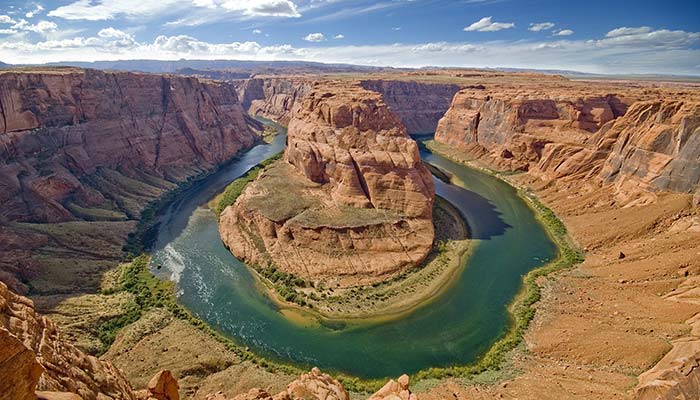
Our Place in Space
From our solar system neighbors to the edge of the galaxy....space and its endless possibilities have always captured the interests of children of all ages.
From hunting water on Mars to living in space, from counting the age of stars to engineering planetary rovers, astronomy brings the universe closer to us than ever.
Reach for the stars with SMILE activities from NASA, McDonald Observatory and more. These activities are organized according to the astronomy topics in SMILE. The essential principles were based on several sources, including the National Science Education Standards and the AAAS Benchmarks. The descriptions of the topics come from the AAAS Benchmarks.
Reach for the stars with SMILE activities from NASA, McDonald Observatory and more. These activities are organized according to the astronomy topics in SMILE. The essential principles were based on several sources, including the National Science Education Standards and the AAAS Benchmarks. The descriptions of the topics come from the AAAS Benchmarks.
Essential Principles
Choose one of the essential principles to view related activities.
Astronomy

In earlier times, people everywhere were much more aware of the stars and were familiar with them in ways that few people today are. Back then, people knew the patterns of stars in the night sky, the regularity of the motions of the stars, and how those motions related to the seasons. They used their knowledge to plan the planting of crops and to navigate boats.
The Earth, Moon, and Sun

The rotation of the Earth on its axis every 24 hours produces the night-and-day cycle. To people on Earth, this turning of the planet makes it seem as though the Sun, moon, planets, and stars are orbiting the Earth once a day … Because the Earth turns daily on an axis that is tilted relative to the plane of the Earth's yearly orbit around the sun, sunlight falls more intensely on different parts of the Earth during the year. The difference in intensity of sunlight and the resulting warming of the Earth's surface produces the seasonal variations in temperature.
Solar System

Our solar system coalesced out of a giant cloud of gas and debris left in the wake of exploding stars about five billion years ago … Earth is the only body in the solar system that appears able to support life. The other planets have compositions and conditions very different from the Earth's.

